If the artist and writer Edward Gorey were still alive in the conventional sense, he’d be turning ninety on February 22. He was born one day after The New Yorker magazine (and its iconic dandy, Eustace Tilley). Agatha Christie would turn 35 in September; Hercule Poirot had been detecting for five years, and Miss Marple debuted two years later. Let us observe a moment of awed silence in honor of 1925.
A lifelong animal lover, Edward Gorey left the bulk of his estate to help creatures in distress. Exactly which creatures, his Charitable Trust was directed to decide. Among the few organizations specifically mentioned in his will was the Xerces Society for Invertebrate Conservation.
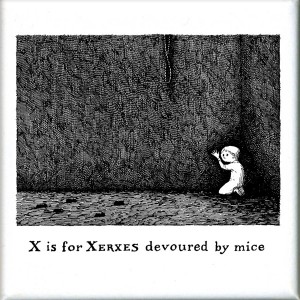 The Xerces Society? Invertebrate conservation? Most of Edward’s friends knew “X is for Xerxes devoured by mice” from The Gashlycrumb Tinies. But . . . what was he proposing? Stop stamping out garden slugs? Rescue the escargots?
The Xerces Society? Invertebrate conservation? Most of Edward’s friends knew “X is for Xerxes devoured by mice” from The Gashlycrumb Tinies. But . . . what was he proposing? Stop stamping out garden slugs? Rescue the escargots?
I’d forgotten about Edward’s unusual bequest until Barbara Kingsolver’s novel Flight Behavior spurred me to investigate the plight of monarch butterflies. An announcement this week from the U.S. Fish and Wildlife Service summarizes the problem: “While monarchs are found across the United States—as recently as 1996 numbering some 1 billion—their numbers have declined by approximately 90 percent in recent years, a result of numerous threats, particularly loss of habitat due to agricultural practices, development, and cropland conversion. Degradation of wintering habitat in Mexico and California has also had a negative impact on the species.”

Monarch butterflies are astonishing. Every year they fly from their summer habitat all over the United States to a particular part of Mexico. Their lifespan is shorter than the journey, so no one butterfly ever makes the whole trip. They reproduce along the way, running a multigenerational relay race across two hemispheres.
“On August 26, 2014, The Center for Biological Diversity and Center for Food Safety as co-lead petitioners joined by the Xerces Society (a nonprofit organization that protects wildlife through the conservation of invertebrates and their habitat), and renowned monarch scientist Dr. Lincoln Brower, filed a legal petition to the U.S. Fish and Wildlife Service seeking Endangered Species Act protection for monarch butterflies.” —Jean Bartlett, San Jose Mercury News

One step that we the people can take to help save the beleaguered butterflies is to replant milkweed—”the monarch’s exclusive larval host plant and a critical food source . . . which has been eradicated or severely degraded in many areas across the United States in recent years.” Since milkweed is a roadside weed, it’s on the front line when highway verges are sprayed and mowed to keep down bugs and brush. Planting the wrong species, or seeds from plants exposed to pesticides, can be lethal to the butterflies, so we’re requested to use only reliable seeds.
Where do we get reliable milkweed seeds? Use the Xerces Society Milkweed Seed Finder!
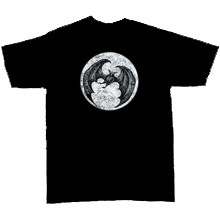 Gorey fans will be pleased to know that Edward’s will also directs his Charitable Trust to help bats. If you want to help stamp out White-Nose Syndrome, protect the Paraguana Moustached Bat, or build your very own bat cave, you can join groups such as Bat Conservation International in utilizing the fruits of Edward’s affection for these winged creatures.
Gorey fans will be pleased to know that Edward’s will also directs his Charitable Trust to help bats. If you want to help stamp out White-Nose Syndrome, protect the Paraguana Moustached Bat, or build your very own bat cave, you can join groups such as Bat Conservation International in utilizing the fruits of Edward’s affection for these winged creatures.
And if you want to fly around in your own glow-in-the-dark bat T-shirt, it’s waiting for you at The Gorey Store.

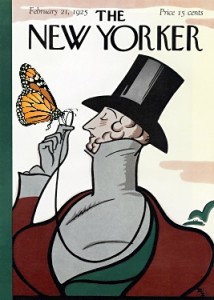







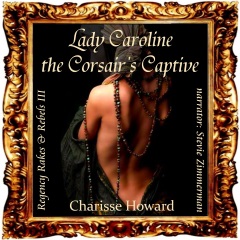

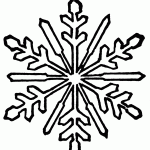
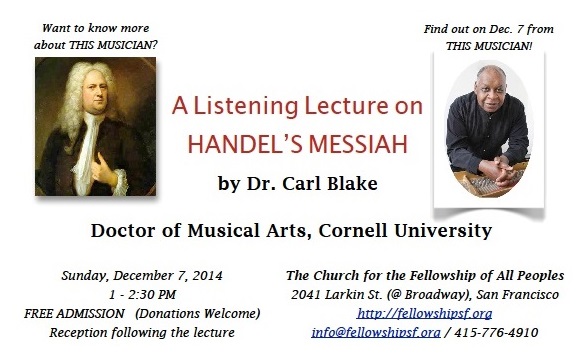
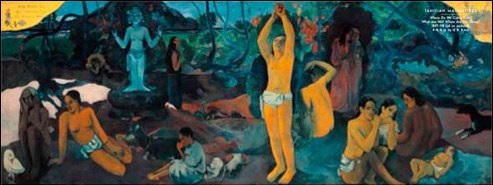

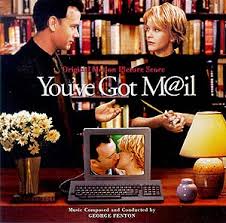




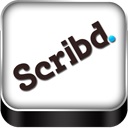


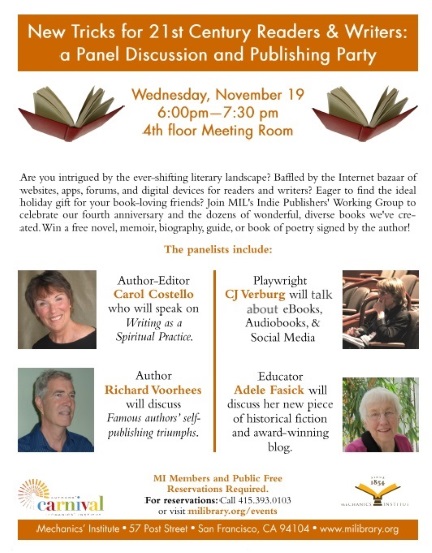
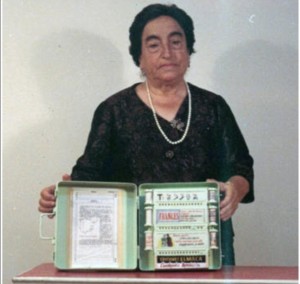




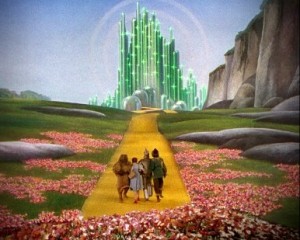
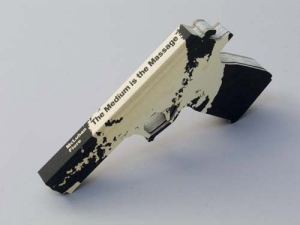
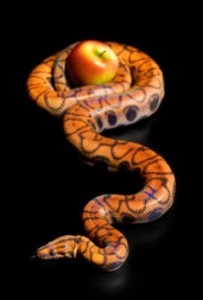

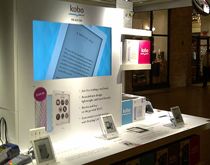
Let’s be clear that this 50% royalty is from net. so actually a less than 35% royalty from list price, or half what an author will get going it alone with KDP.
The $1,500 advance is pretty feeble to start with, and requires the author to supply the completed, edited, proofed and formatted file and cover, all at the author’s own cost.
The promise of \featured Amazon marketing\ means sweet FA on its own. Just a lure to unwary indies thinking they’ll get the same red carpet treatment the Amazon imprints get. Which begs the question why,if Amazon is seriously interested in these titles and will push them properly, they are being kept quite separate from the Amazon imprints.
. . . Amazon know as well as anyone that indies looking to game the system will get all their e-friends to vote up their books, so safe to say the crowdsourcing element is just for show. What Amazon will do is pick titles that look promising, or from indies with a track record – especially on other retailers – and pay out $1,500 to ensure these titles are exclusive with Amazon and not on other retailers for the next five years.
. . . Selling at $4.99 Amazon will need to sell just 462 copies to make back the advance it paid out. The author will have to sell 1,200 to pay back the advance before they see another cent.
Ebook Bargains . . . point out a point I’d failed to notice. Authors end up paying back that $1500 advance with their first income. Even if modestly successful, authors may find themselves waiting a year or more after publication before they earn a penny.
To that I would counter that for many indie authors, selling 1200 copies in a year is a big enough uptick to be worth halving the potential royalty per book. Strong sales of one book are (A) likely to boost sales of other titles, and (B) preferable to the freebie alternative. Also, since the author retains print rights, s/he can recoup some of that so-called loss by issuing the book in paperback. Amazon does offer a (fairly lame) bail-out clause for the disappointed: “If you do not earn at least $25,000 during any 5-year term, you’ll have six months after the end of that 5-year period in which you can choose to stop publishing with us and request your rights back.”
“You acknowledge that we have no obligation to publish, market, distribute or offer for sale your Work, or continue publishing, marketing, distributing or selling your Work after we have started doing so. We may stop publishing your Work and cease further exploitation of the rights granted in this Agreement at any time in our sole discretion without notice to you.”
Conclusions? I’m tentatively planning to submit my next genre-series book to Kindle Scout, in the hope it will (1) win, bringing great fanfare and skyrocketing sales, and (2) publicize my other books, which have great reviews but low visibility. I figure, they’re only asking for 50,000+ words, not exactly The Goldfinch or War and Peace, and if they don’t accept this one, no loss. Before I try it, though, I’m waiting for Kindle Press to go tangible and show my winning nominees some of that “featured Amazon marketing.”
What do you think? Have you tried Kindle Scout, or do you intend to? Why or why not?